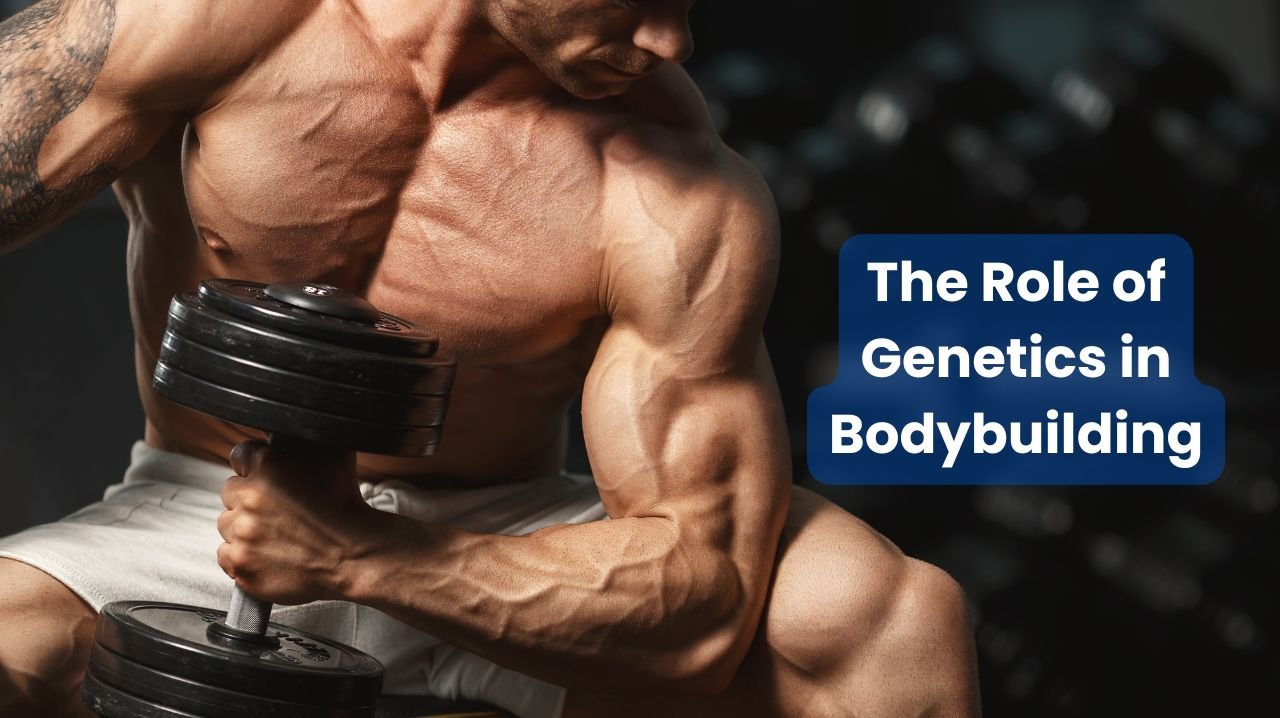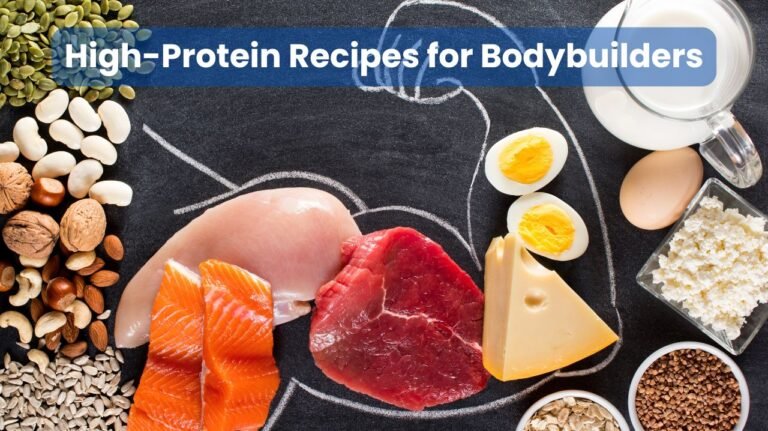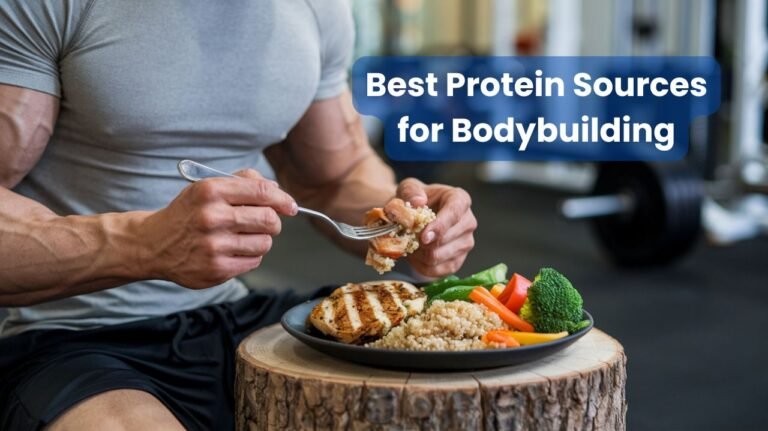The Role of Genetics in Bodybuilding: What You Should Know
For anyone passionate about bodybuilding, understanding the influence of genetics can be both fascinating and crucial for setting realistic goals.
While hard work and dedication remain fundamental to success, genetic factors play a significant role in how individuals respond to training, build muscle, and achieve their desired physique.
👉 Pack On Muscle Mass and Get Bigger and Stronger
👉 Burn Fat and Get Seriously Ripped
👉 Get Explosive Strength and Maximum Stamina
👉 Become A Gym Beast With Legal SARMs Alternatives
Understanding Genetic Factors in Bodybuilding
Genetics impact virtually every aspect of bodybuilding, from muscle fiber composition to hormone levels. This comprehensive guide explores how your genetic makeup influences your bodybuilding journey and what you can do to optimize your results regardless of your genetic predispositions.
Key Genetic Factors That Influence Bodybuilding
- Muscle Fiber Type Distribution
- Natural Testosterone Levels
- Bone Structure and Frame Size
- Muscle Belly Length
- Muscle Insertion Points
- Natural Recovery Rate
- Metabolic Rate
How Different Body Types Respond to Training
Your genetic body type, or somatotype, significantly influences how your body responds to training and nutrition. Here’s a detailed breakdown of the three main body types:
| Body Type | Characteristics | Training Response | Nutrition Needs |
|---|---|---|---|
| Ectomorph | Naturally lean, narrow frame, fast metabolism | Harder to gain muscle, requires higher volume | Higher calorie needs, emphasis on carbs |
| Mesomorph | Athletic build, efficient muscle gain | Responds well to various training styles | Moderate, balanced approach needed |
| Endomorph | Larger frame, easier fat gain | Good strength potential, focus on fat loss | Careful macro tracking required |
The Impact of Muscle Fiber Types
Your genetic muscle fiber composition significantly affects your strength and muscle-building potential:
- Type I (Slow-Twitch) Fibers
- Better endurance
- Slower to fatigue
- Less potential for size growth
- Type II (Fast-Twitch) Fibers
- Greater strength potential
- Faster growth potential
- Better response to heavy training
Genetic Factors You Can’t Control
Muscle Insertions and Length
Understanding these unchangeable genetic factors helps set realistic expectations:
- Muscle Belly Length
- Determines muscle shape
- Influences peak development potential
- Affects overall aesthetic appearance
- Insertion Points
- Impact leverage and strength
- Determine muscle appearance
- Influence exercise effectiveness
Natural Hormone Levels
- Testosterone Levels
- Growth Hormone Production
- Insulin Sensitivity
- Cortisol Response
Working With Your Genetics
Optimizing Training Based on Genetic Factors
The key to success lies in understanding and working with your genetic predispositions:
- Training Frequency
- Fast recoverers: More frequent training
- Slow recoverers: More rest between sessions
- Individual response monitoring
- Exercise Selection
- Focus on exercises that work well with your structure
- Adapt movement patterns to your proportions
- Choose appropriate rep ranges for your fiber type
Nutrition Considerations
Different genetic profiles require different nutritional approaches:
- Macronutrient Distribution
- Based on body type
- Metabolic efficiency
- Individual tolerance
- Meal Timing
- Genetic insulin sensitivity
- Personal digestion rate
- Recovery needs
Common Genetic Limitations and Solutions
For Hard Gainers
- Increase caloric intake significantly
- Focus on compound movements
- Reduce cardio volume
- Implement longer bulk phases
For Easy Fat Gainers
- Careful diet tracking
- Higher protein intake
- Strategic cardio implementation
- More frequent, smaller meals
Making the Most of Your Genetic Potential
Training Strategies for Different Genetic Profiles
- High Responders
- Moderate volume needed
- Quick recovery possible
- Focus on progressive overload
- Average Responders
- Balanced approach required
- Consistent progression
- Attention to recovery
- Low Responders
- Higher volume often needed
- Extra recovery time
- Careful exercise selection
The Role of Supplements Based on Genetics
Different genetic profiles may benefit from different supplement approaches:
- Essential Supplements
- Creatine (response varies by genetics)
- Protein powder
- Essential vitamins and minerals
- Optional Supplements Based on Needs
- Pre-workout stimulants
- BCAAs
- Mass gainers
- Fat burners
Understanding Genetic Testing for Bodybuilding
Modern genetic testing can provide valuable insights:
- Available Tests
- Muscle fiber composition
- Hormone profiles
- Nutrient metabolism
- Recovery capacity
- Benefits of Testing
- Personalized training approaches
- Optimized nutrition plans
- Better supplement selection
👉 Boost in Focus and Energy to Help Increase Pumps and Performance
👉 Increase Gains, Promote Muscle Growth and Boost Energy
👉 Powerful Muscle Growth, Increased Blood Flow, and Enhanced Pumps
👉 Bulk-Up, Increase Gains, And Improve Recovery
Conclusion: Embracing Your Genetic Reality
While genetics play a crucial role in bodybuilding success, they don’t determine your destiny. Understanding your genetic predispositions allows you to:
- Set realistic goals
- Develop appropriate strategies
- Focus on personal progress
- Optimize your approach
- Maintain long-term motivation
Remember that even with “average” genetics, proper training, nutrition, and dedication can lead to impressive results. The key is to work smart, stay consistent, and make the most of what you’ve got rather than comparing yourself to others.
By understanding and working with your genetic profile rather than against it, you can maximize your bodybuilding potential and achieve your best possible results. Focus on progressive improvement rather than comparing yourself to others, and remember that consistency and dedication often trump genetic advantages in the long run.







